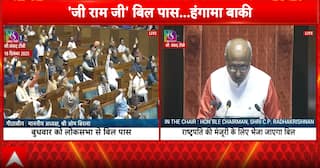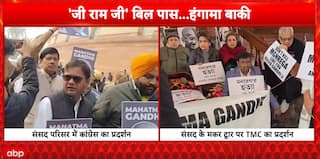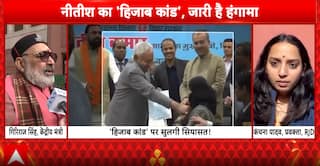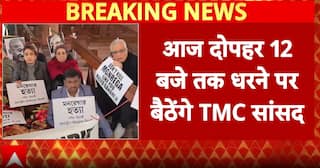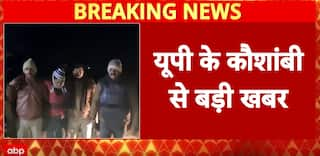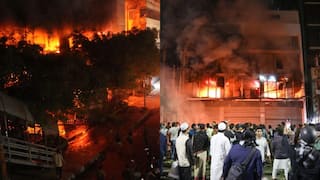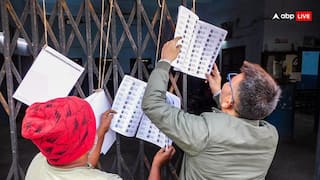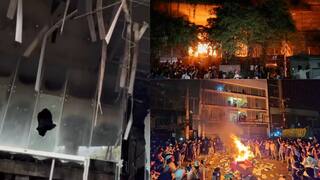Sikkim Govt School Closures: Prem Singh Tamang Needs To Focus On Quality Rather Than Shutdowns | OPINION

The Sikkim government's recent announcement regarding the closure of 97 schools has sparked considerable debate in the Himalayan state. This move by Education Minister Raju Basnet's ministry involves shutting down 78 primary schools, 12 junior high schools, and 7 senior secondary schools due to insufficient student enrolment. The minister explained that students from these institutions would be integrated into nearby schools, aiming to optimise resource utilisation and improve education quality.
This move has drawn criticism, particularly from the Bharatiya Janata Party (BJP), an SKM ally in the National Democratic Alliance (NDA). The BJP labelled the move as a shortsighted approach by the ruling Sikkim Krantikari Morcha government led by Chief Minister Prem Singh Tamang. BJP state president DR Thapa described the decision as "alarming" and called for a comprehensive analysis of the factors contributing to declining enrolments in these schools.
Primary Schools The Target In Sikkim?
A significant concern is that a large portion — 80% — of the proposed closures target primary schools. This stage of education is critical for nurturing foundational skills in children, requiring not just academic instruction but also emotional support and patience from educators.
Private Schools Thriving In Sikkim
Need To Re-Evaluate Decision
It would be prudent for the Sikkim government to reconsider its decision to close these schools after the current semester. A thorough investigation into the reasons behind declining enrollments is essential to address underlying issues rather than resorting to closures.
Education serves as a cornerstone for societal advancement, and it is imperative that all segments of society — not just those from affluent backgrounds — have access to quality education. Therefore, enhancing teaching standards and improving infrastructure in government schools should take precedence over closures.
Essential facilities, such as clean drinking water, libraries, and adequate restroom facilities must be prioritised to create an environment conducive to learning. The decision to close government schools cannot be a solution to low enrolment and should only be the last resort.
The author is a political commentator.
[Disclaimer: The opinions, beliefs, and views expressed by the various authors and forum participants on this website are personal and do not reflect the opinions, beliefs, and views of ABP Network Pvt. Ltd.]








